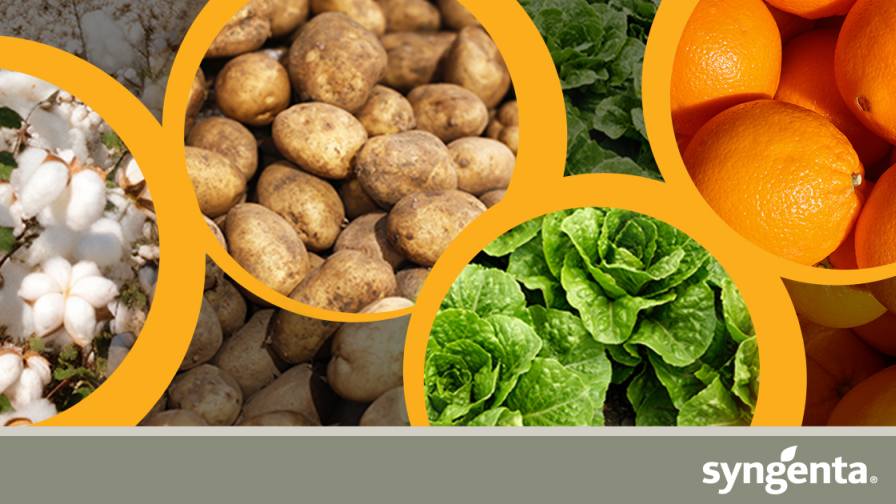Turkey: Cotton Production Up Sharply
The area planted to cotton in Turkey is up, causing production to flirt with the 1 million ton mark. With a 2006 area of 670,000 hectares (Ha), up from a 2005 total of 560,000 Ha, early season estimates from the US Department of Agriculture’s Foreign Agroculture Service (USDA-FAS) were as high as 950,000 metric tons (MT), or 4.3 million bales.
Almost all Turkish cotton fields are irrigated, and the increased use of certified seeds has supported higher yields. But excessive rains during the picking season in all cotton producing areas adversely affected quality and kept production somewhat in check. In some areas, particularly in the Cukurova region, severe rains and flooding damaged the cotton crop quality and yield to the extent that it was not feasible for farmers to pick all their cotton, so some has been left in the fields. Increased machine picking prior to the rains helped prevent further loses of crop. Following the floods, estimates of Turkish lint cotton planted area and production for 2006 were lowered to 640,000 Ha and 875,000 metric tons (4 million bales).
Turkish cotton farmers, searching for ways to make cotton planting profitable and to compete with imported cotton, reportedly utilized a record number of picking machines this season. According to trade sources, about 250 different cotton picking machines — new and used, western and Uzbek — were used this season, most of them for the first time. ] Sources also indicate that the increasing use of machinery helped to avoid the cost and burden of hand picking labor, and made cotton planting feasible for some farmers. The number of picking machines is expected to continue to increase in the coming years. It is also reported that cooperatives (Antbirlik, Cukobirlik, Taris) are going ahead with their bio-diesel production plans to cut their costs of production.
Losses due to rains in 2006 are expected to make some farmers switch to maize and wheat in 2007. As a result, 2007 cotton planting is expected to decline to 600.000 Ha and 850,000 MT (3.9 million bales).
Consumption And Trade
Turkish cotton consumption declined during 2005 to 1.5 million MT (6.9 million bales). The decline is attributed to competition from China in international textile markets. Turkish yarn producers, at the same time, are in tough competition with India, Pakistan and Central Asian Countries for cotton yarn exports. An over-valued Turkish Lira (YTL) is also reported to be working against Turkish exporters. While textile exports to the US declined during 2005 due to Chinese and other Asian competition, Europe remained Turkey’s main export market. Available exporters union data show that textile exports to the US were down 45% in January, 31% in February, and 35% in June 2006 compared to a year ago. Available data also indicate that textile exports to the EU represents about 55% to 60% percent of Turkey’s total annual exports.
In order to remain competitive, Turkish mills are trying to cut costs by producing their own energy and increasing fashion and innovation. According to the Textile Exporters Union, exports of textiles in November reached US $1.25 billion, up 25% compared to November 2005. Industry representatives project around a 16% increase in 2007 for ready-to-wear sector exports, and exports to reach US $16 billion, compared to US $13.8 billion in 2006. Domestic demand for textiles also is increasing due to a favorable local economic situation. As a result, 2006 domestic cotton consumption is expected to increase to 1.57 million MT (7.2 million bales).
Turkey continued to import about a third of its cotton supply in 2005. Total imports reached 744,000 MT (3.4 million bales), slightly higher than 2004. The record import year is attributed to local mills’ and importers’ efforts to secure supplies with attractive prices before the Step 2 program ends in 2006. The UnS continued to be Turkey’s leading supplier with 412,000 MT (1.9 million bales), or 55% of the total imports. Availability of the GSM-102 export guarantee program supported US cotton exports to Turkey; about US $100 million worth of US cotton was imported to Turkey under the program during 2006.
Greece (188,000 MT/865.000 bales) and Syria (45,000 MT/210,000 bales) were the other leading exporters.
Rain damage to the domestic cotton crop will likely cause Turkey’s import demand for high quality cotton to continue to increase during 2006 and early 2007. Producers in Greece, Turkey’s number two supplier, faced similar excessive rains that lowered quality. Therefore Turkey is expected to import large quantities of cotton from other sources.
USDA-FAS notes that Official cotton import and export figures for all of 2005 are not available; the numbers cited in their report utilized trade estimates from private sources. Available official figures for the first ten months (August 2005 to May 2006) shows imports of 10,275 MT from Uzbekistan, 9,105 MT from Turkmenistan, 7,112 MT from Azerbaijan, 1,730 MT from Tajikistan, 937 MT from Kyrgyzstan, and 68 MT from Kazakhstan.





